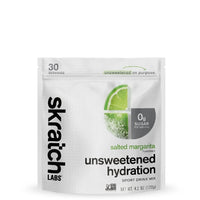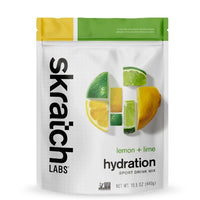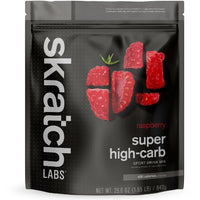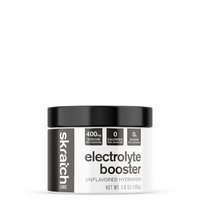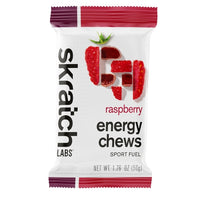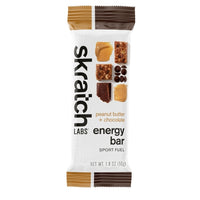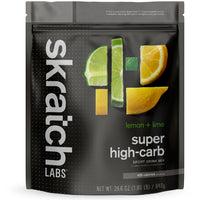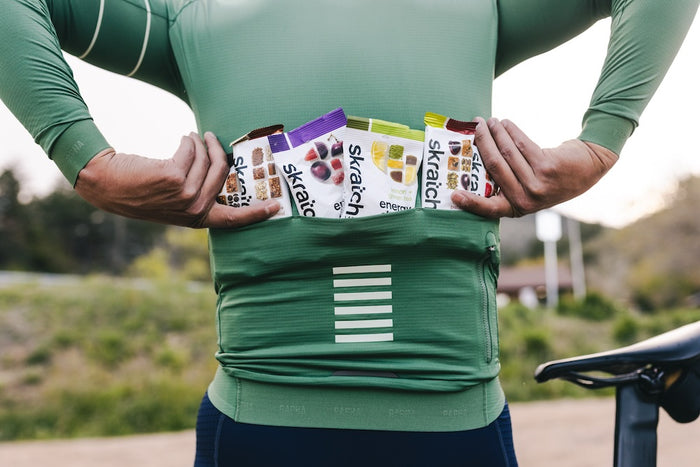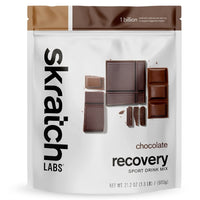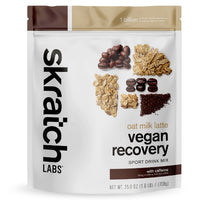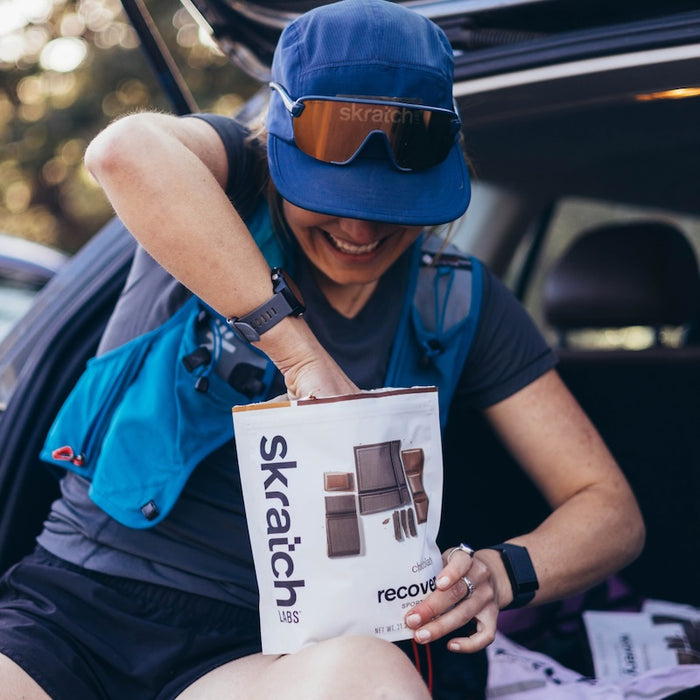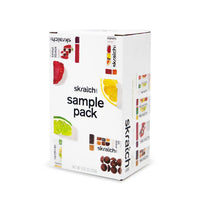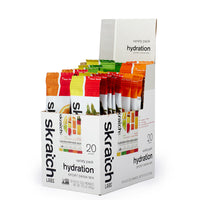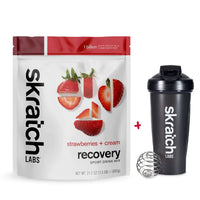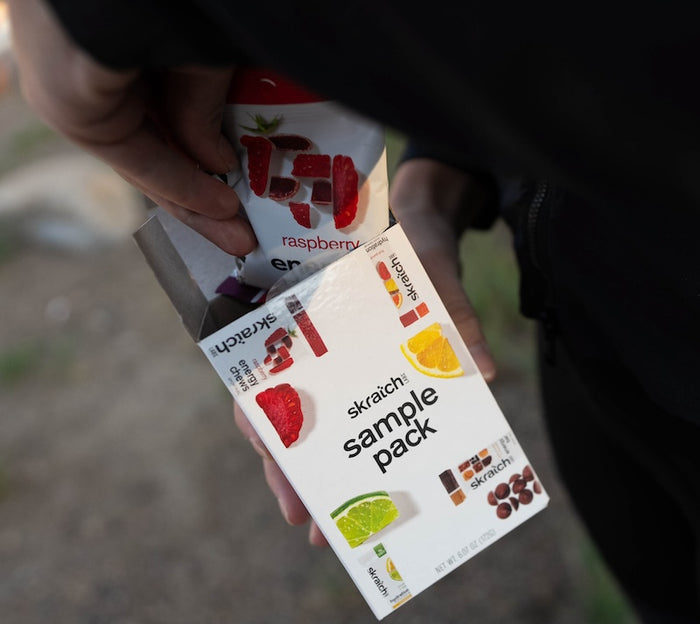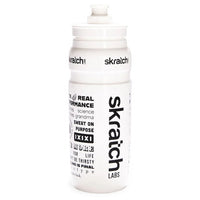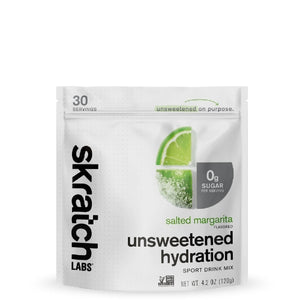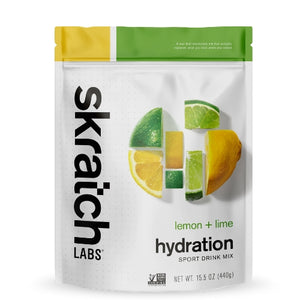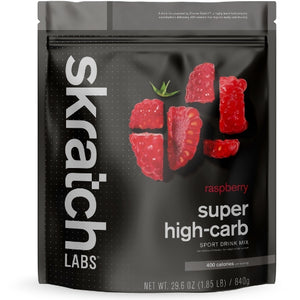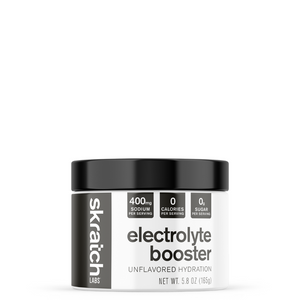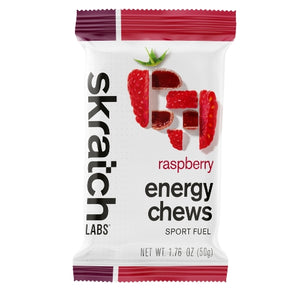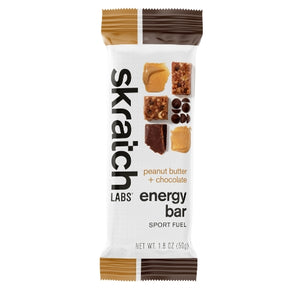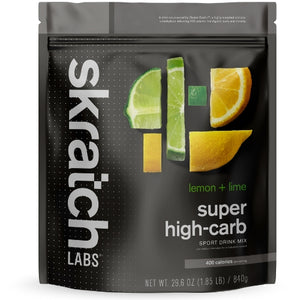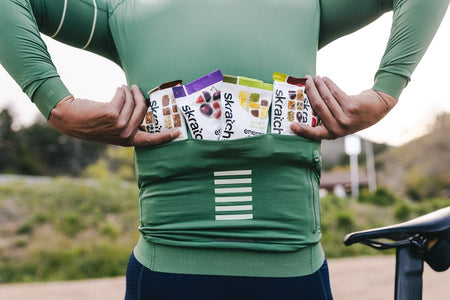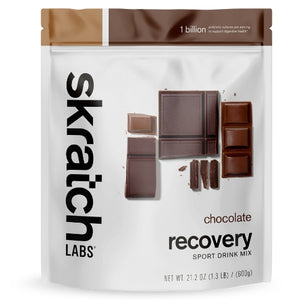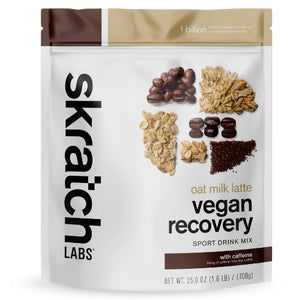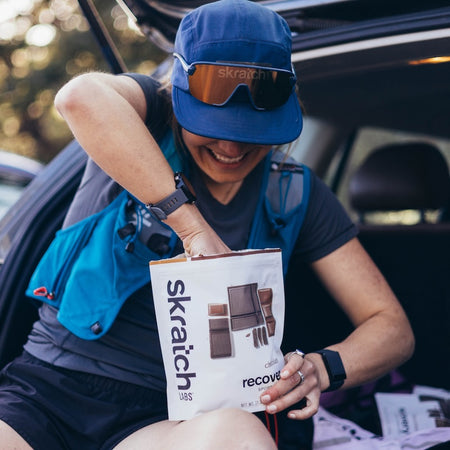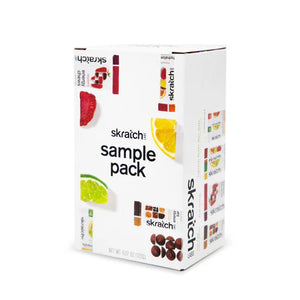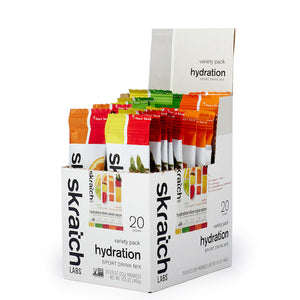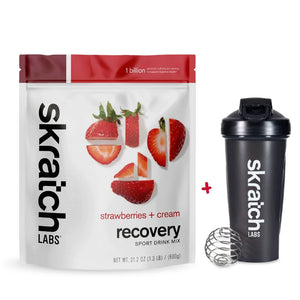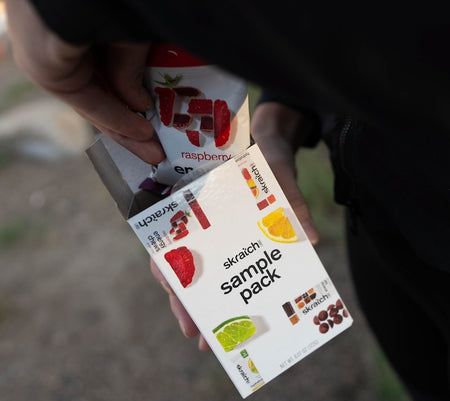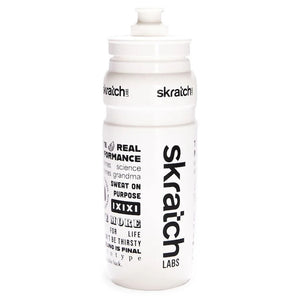Art by: Mitevol
Besides the standing truth that all energy on earth comes from the sun, just about everything has changed concerning human food consumption as compared to our nomadic ancestors. But we digress, running on a system (our body) that has been hundreds of thousands of years in the making, the commercial and industrial revolution has certainly outpaced the evolution of the human body. What this means is that the way our food is packaged, preserved, altered, and managed can bring some new chemistry to the table that our body and metabolism may not be equipped to put towards the work we train so hard for.
It’s not all doom and gloom- many of our current food practices have allowed us to avoid food borne illness, extend shelf life, and provide energy rich foods to support the development of our big-ol’-brains. While our metabolism has not necessarily kept pace with food additives, the efficiency of production has liberated our development and given rise to the activities and leisure we love. In that spirit, here at Skratch we like to keep it simple, leaving out any of the unnecessary chemistry. That’s why we avoid food dyes, added preservatives, and non-nutritive sweeteners: to keep you stoked, performing, and playing at your best.
Additives and Absorption
One of our main considerations in developing our sports drink was to make a readily available product to be absorbed by the gut. One way to enhance this absorption is to control the osmolality of our solution.
Osmolality refers basically to the number of molecules dissolved in one kilogram of fluid. This term is used to describe any bodily fluid or aqueous solution (meaning solutes in water). When comparing two vessels of solution separated by a membrane, water and solutes will flow from an area of high concentration to an area of low concentration.
If a sports drink is more concentrated than blood, there will be difficulty absorbing the necessary nutrients. Conversely, if the drink is less concentrated than blood, solutes and some water can freely flow into the body to be utilized. For this reason, it's important to aim for a drink of equal or lesser concentration than blood. To learn more on the science behind this head to our blog, Hydration Science and Practice.
Food additives such as food dye, preservatives, and non-nutritive sweeteners can increase the osmolarity of the consumed beverage which can impair absorption. This, in conjunction with cited inflammatory effects of these additives make for products that fall short of keeping you hydrated and fueled to your full potential, even on your hardest day.
Non-Nutritive Sweeteners
Non-nutritive sweeteners (NNS) is a term to describe a variety of chemicals that contain zero (or markedly reduced) calories as compared to table sugar (sucrose). To note, these chemicals do have distinct effects in the body. However, for simplicity, we will stick to the category as a whole (8). These NNS have been on the market for over 100 years and come in many different structures. You may find them clad in colorful packets on the table at your favorite breakfast joint- Equal, Sweet n’ Low, and Splenda. Stevia and Monk fruit, although coming from a plant and not marked as “artificial” on packaging, are also considered NNS. NNS consumption is on the rise in recent years under the belief that sweet taste combined with zero calories can help to manage weight and metabolic disorders such as diabetes. In parallel, sugar consumption has been the target of some serious fear mongering in popular nutrition spheres.
We have all heard the popular warnings regarding sugar in our diet. Anything in excess may eventually be harmful or lead to deficiencies in other domains, we take a more practical approach. The human body is effectively a sugar disposal machine- well equipped to put the chemical bonds in carbohydrates such as sucrose to work. Here at Skratch, we believe that the role sugar plays in health, performance, and joy is all about context. In the context of an active lifestyle- specifically during prolonged or intense exercise- sugar and other carbohydrates are critical. In fact, even metabolic pathways using fat and protein for energy end up funneling those materials into carbohydrate-predominant pathways to be used for the generation of energy inside cells. Sugar (glucose, sucrose, or the bits that are cleaved off the starch in your favorite rice cake) is ultimately the preferred fuel source for our body. More specifically, carbohydrates are the primary source of fuel for our brain, nervous system, and red blood cells. Put simply, here at Skratch we pride ourselves in the ability to fuel for performance. Consuming sugar gives us the necessary calories that our tissues utilize for work. Whether you’re pushing wattage on your bike or vertical feet with some fresh pow under your skins, sugar helps to maintain blood glucose and perceived energy levels.
Beyond an inability to meet energy requirements, NNS have been implicated in many studies as a major factor to consider in relation to environmental impact, metabolic dysregulation, and other health consequences (8–12). On the environmental side, the rise in NNS consumption has led to the discovery of NNS as significant environmental contaminants in soil and water (13). Regarding human consumption, there is concern that NNS may be linked to cancer, diabetes, hormonal dysregulation, and metabolic dysfunction (14). Evidence regarding the toxicity of NNS is admittedly incomplete, however, toxicology studies suggest that there may be unique toxicity profiles of NNS in sports products, specifically (15). While more research is required to yield more conclusive results across the spectra of toxicology in humans, there is serious biochemical evidence to support metabolic claims.
Interestingly, our body initiates a response to handling carbohydrates before sugar ever enters the blood. In fact, there are mechanisms that anticipate a glucose load before the food even hits our stomach. NNS are able to bind the sweet-taste receptors which lead to a rise in molecules that stimulate insulin release and favor fat deposition (called incretins) as well as prematurely raise insulin itself (9,16). Spiking insulin, especially when exercising, can turn the body toward a sort of ‘build mode’ when one should be burning! Real sugar, on the other hand, can be taken into our muscles during exercise independent of insulin. It follows that after eating real sugar, the sweet receptor response helps maintain energy balance and prepare the body for food. However, in the case of NNS, energy in the form of calories does not enter the chat, as it were, which may lead to metabolic dysregulation. In fact, animals fed a high NNS diet exhibit hyperglycemia following consumption of sugar, suggesting metabolic shifts (17). Evidence in humans points to impaired glucose tolerance and dysregulated appetite signals following NNS consumption (18). Importantly, these observed metabolic changes in response to NNS aren’t only found in the cells of the consumer: the microbes in your gut love to munch sugar (especially in athletes). However, gut microbe identity is largely determined by nutrient availability. Given that NNS are not absorbed, they often sit in the lumen of the gut where many of these bacteria live. NNS have been shown to disrupt the gut microbiome of consumers (12,19), leading to a less diverse set of good bacteria, which has been linked to metabolic dysregulation as well as poor performance (4,5).
If you’re still not convinced, we have reason beyond direct metabolic effects of NNS that keep the sweethearts here at Skratch on team sugar. First, there is evidence to suggest that individual belief about the nutrient content of our food can actually impact our hunger and appetite at the hormonal level (20). This means that knowledge of the low-calorie nature of NNS may make food and drink containing them implicitly less satisfying or satiating. On the other side of that coin, understanding the performance benefits of carbohydrates and sugar may just leave you feeling more satisfied. These claims do not stop at the psychological level. Despite both sugar and NNS having a sweet taste in our mouth, cells in the gut have been shown to be relatively insensitive to NNS. Even with sweet taste, in absence of true carbohydrates, these receptors will not indicate to the brain that energy from sugar has arrived, potentially leaving us just shy of satiated (16).
While we appreciate that many athletes would love to ditch the day job and raise training intensity, we are not always training long and hard enough to require supplementing sugar in hydration mix. At these times, hydration is still important for those of us who use heat exposure (sauna, steam room, hot tub), spend long days outdoors, or complete shorter, moderate intensity workouts. For these moments, a sugar free sports drink may be just the ticket. Why not substitute NNS for days with lower load? A randomized controlled trial found that groups assigned to reduce the net content of sweetness in their diet (by NNS or other sugar sources) perceived the taste of sweet foods as sweeter compared to those who do not reduce sweetness in their diet (21). Therefore, avoiding NNS in a sports drink when the time is right will help to functionally meet hydration needs and may help increase sensitivity to sweetness, in turn giving rise to more engagement with the more playful parts of your culinary experience.
In all, the science supports indulgence in the pleasures and benefits of sugar - just keep in mind the context!

Artificial Dyes
Artificial dyes have been used to enhance the color of foods that would normally be colorless or would lose color sitting on store shelves. These chemical dyes have been used in chips, candies, pastries, and even salad dressings, fruits, and vegetables.
Many of these common dyes are banned in countries around the world due to their links to behavioral disorders in children and developments of certain cancers (1). However, in the US, many of these dyes are permitted for use in certain amounts as stated by the FDA.
Despite FDA allowance, we try to avoid these for several reasons. Some dyes cannot be absorbed and remain in the gut, leading to GI distress and watery stools. Others have been shown to cause constipation in animals (2). Food dyes have also been shown to activate the immune system: because they are recognized as foreign by the body, many may cause unnecessary inflammation. For example, a yellow food dye has been linked to significant gut inflammation and recruitment of immune cells in humans (3). Immune challenges such as this are strongly related to changes in mood, performance, and a healthy, functional microbiome (4,5).
While more studies are needed to tease out specific effects here, we at Skratch have decided to take a “come as you are” approach, and don’t feel the need to artificially enhance the look of our products, placing taste and performance as our chief concern.
Preservatives
Food preservation has been an important part of society for centuries. Food preservatives range from simple household ingredients like salt and vinegar to chemicals like nitrates/nitrites, sodium benzoate and benzenes, and sulfates/sulfur dioxide. While the latter additives are successful in prolonging shelf life as well as eliciting antimicrobial effects, many of these substances have shown to be carcinogenic when reacting with bodily substances (for example, Vitamin C and benzene) (6). Moreover, as with food dyes, many common preservatives are shown to elicit allergic reactions in consumers as the immune system identifies them as foreign (6,7).We don’t use any added preservatives in our products other than ingredients sourced from foods such as citric acid (from cane sugar) and salt, so it’s one less thing to worry about.
All in All
Many food additives have been cited to be associated with harmful metabolic and inflammatory effects. That said, we don’t ever want to promote fear around food. Despite what we have noted here, consumption of these food additives is often unavoidable and sometimes pleasurable! Restricting everything you do around these recommendations may take some of the joy out of your life- there is simple pleasure to the odd diet Cola, slushie, or store-bought treat. Yet, in the context of sport, we think it’s best to keep it simple and let your hard work do the talking.
References:
- Potera C. DIET AND NUTRITION: The Artificial Food Dye Blues. Environ Health Perspect. 2010 Oct;118(10):A428.
- Kobylewski S, Jacobson MF. Toxicology of food dyes. Int J Occup Environ Health. 2012 Jan 1;18(3):220–46.
- Moutinho ILD, Bertges LC, Assis RVC. Prolonged use of the food dye tartrazine (FD&C yellow no 5) and its effects on the gastric mucosa of Wistar rats. Braz J Biol Rev Brasleira Biol. 2007 Feb;67(1):141–5.
- Clauss M, Gérard P, Mosca A, Leclerc M. Interplay Between Exercise and Gut Microbiome in the Context of Human Health and Performance. Front Nutr. 2021 Jun 10;8:637010.
- Mach N, Fuster-Botella D. Endurance exercise and gut microbiota: A review. J Sport Health Sci. 2017 Jun;6(2):179–97.
- Silva M, Lidon F. Food preservatives - An overview on applications and side effects. Emir J Food Agric. 2016;28(6):366.
- Kumari PK, Akhila S, Rao YS, Devi BR. Alternative to Artificial Preservatives. Syst Rev Pharm. 2019;10(1).
- Sorrentino ZA, Smith G, Palm L, Motwani K, Butterfield J, Archer C, et al. An Erythritol-Sweetened Beverage Induces Satiety and Suppresses Ghrelin Compared to Aspartame in Healthy Non-Obese Subjects: A Pilot Study. Cureus [Internet]. 2020 Nov [cited 2024 Jun 7];12(11). Available from: https://www.ncbi.nlm.nih.gov/pmc/articles/PMC7657312/
- Brown RJ, Rother KI. Non-nutritive sweeteners and their role in the gastrointestinal tract. J Clin Endocrinol Metab. 2012 Aug;97(8):2597–605.
- Nelson G, Hoon MA, Chandrashekar J, Zhang Y, Ryba NJP, Zuker CS. Mammalian Sweet Taste Receptors. Cell. 2001 Aug 10;106(3):381–90.
- Shil A, Olusanya O, Ghufoor Z, Forson B, Marks J, Chichger H. Artificial Sweeteners Disrupt Tight Junctions and Barrier Function in the Intestinal Epithelium through Activation of the Sweet Taste Receptor, T1R3. Nutrients. 2020 Jun;12(6):1862.
- Wang QP, Browman D, Herzog H, Neely GG. Non-nutritive sweeteners possess a bacteriostatic effect and alter gut microbiota in mice. PLOS ONE. 2018 Jul 5;13(7):e0199080.
- Lange C, Dürr M, Doster H, Melms A, Bischof F. Dendritic cell-regulatory T-cell interactions control self-directed immunity. Immunol Cell Biol. 2007;85(8):575–81.
- Lohner S, Toews I, Meerpohl JJ. Health outcomes of non-nutritive sweeteners: analysis of the research landscape. Nutr J. 2017 Sep 8;16(1):55.
- Harpaz D, Yeo LP, Cecchini F, Koon THP, Kushmaro A, Tok AIY, et al. Measuring Artificial Sweeteners Toxicity Using a Bioluminescent Bacterial Panel. Mol J Synth Chem Nat Prod Chem. 2018 Sep 25;23(10):2454.
- Buchanan KL, Rupprecht LE, Kaelberer MM, Sahasrabudhe A, Klein ME, Villalobos JA, et al. The preference for sugar over sweetener depends on a gut sensor cell. Nat Neurosci. 2022 Feb;25(2):191–200.
- Pepino MY. METABOLIC EFFECTS OF NON-NUTRITIVE SWEETENERS. Physiol Behav. 2015 Dec 1;152(0 0):450–5.
- Zhang Y, Chen L, Gao J, Cheng Y, Luo F, Bai X, et al. Nutritive/non-nutritive sweeteners and high fat diet contribute to dysregulation of sweet taste receptors and metabolic derangements in oral, intestinal and central nervous tissues. Eur J Nutr. 2023 Dec 1;62(8):3149–59.
- Suez J, Cohen Y, Valdés-Mas R, Mor U, Dori-Bachash M, Federici S, et al. Personalized microbiome-driven effects of non-nutritive sweeteners on human glucose tolerance. Cell. 2022 Sep 1;185(18):3307-3328.e19.
- Crum AJ, Corbin WR, Brownell KD, Salovey P. Mind over milkshakes: Mindsets, not just nutrients, determine ghrelin response. Health Psychol. 2011;30(4):424–9.
- Wise PM, Nattress L, Flammer LJ, Beauchamp GK. Reduced dietary intake of simple sugars alters perceived sweet taste intensity but not perceived pleasantness. Am J Clin Nutr. 2016 Jan;103(1):50–60.
